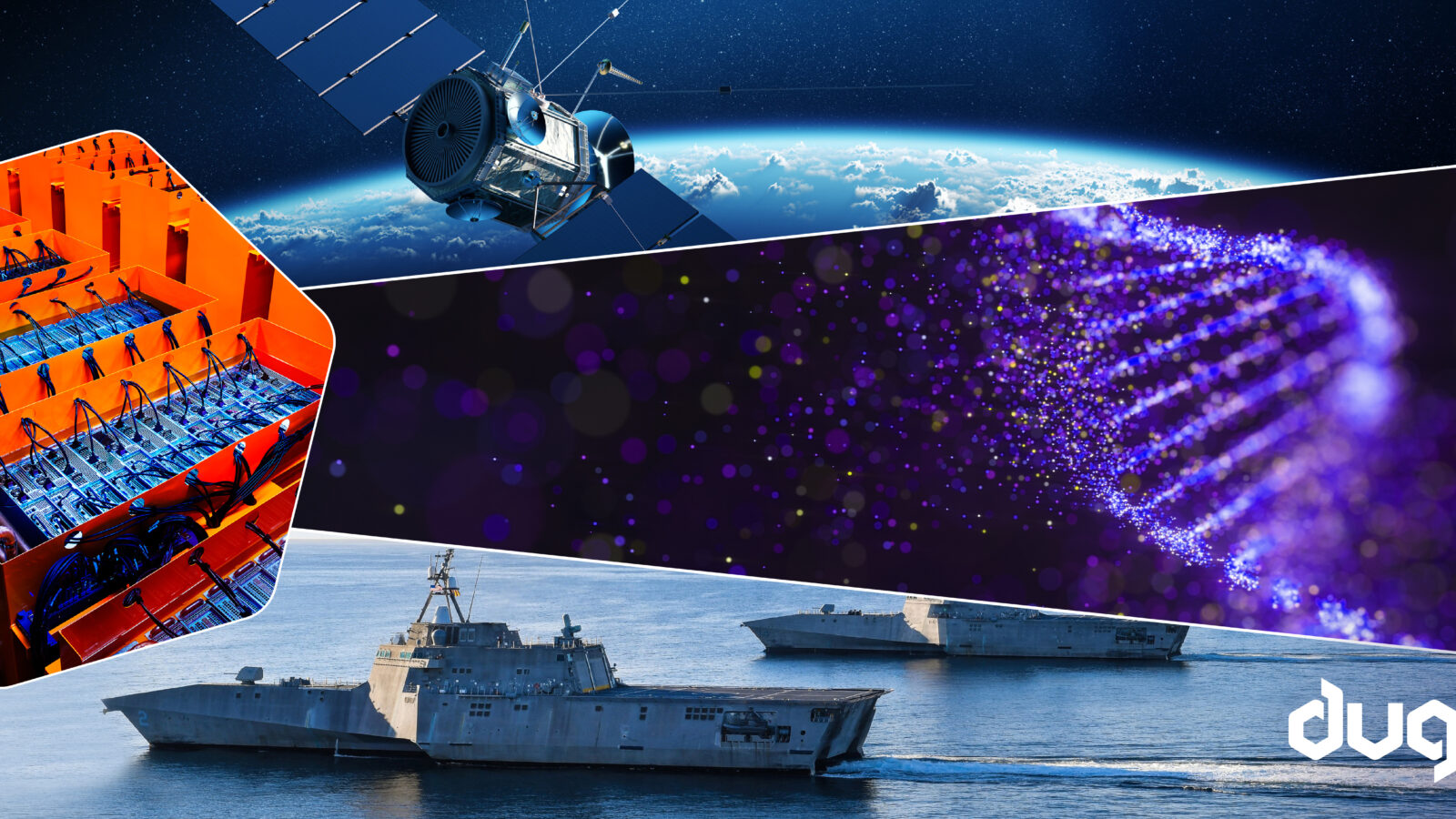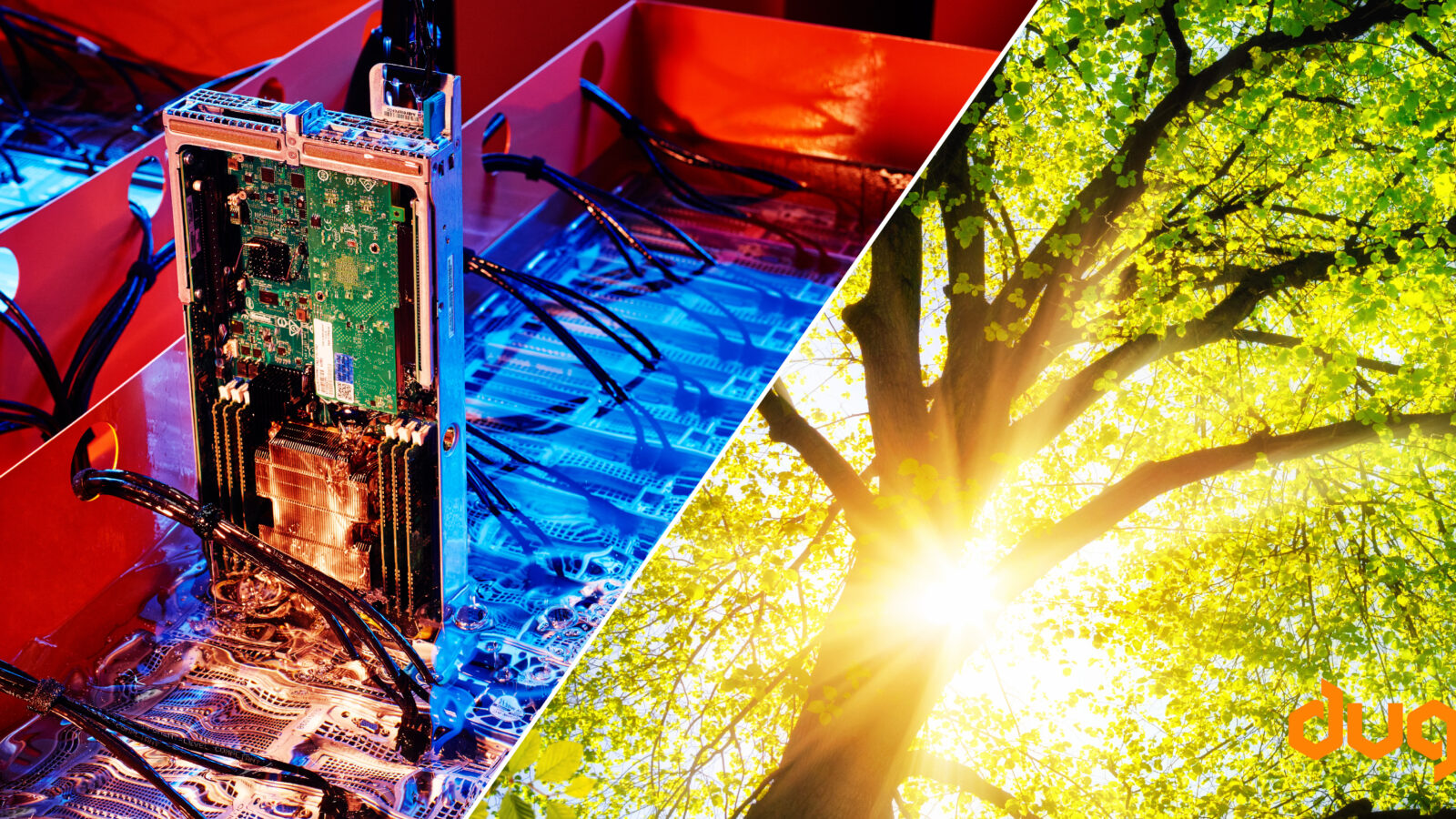In 1984 Apple Computers launched its iconic ‘1984’ television commercial to herald the arrival of the first Apple Macintosh personal computer. It promised that the arrival of the Apple Mac would change humanity forever, saving the world from conformity.
Forget 1984.
We believe it will be 2023 that will shape up to be one of the most important years in the history of computing and the evolution of mankind.
Why?
By 2023 IBM is expected to build a 1000 qubit quantum computer and Prof. Michelle Simmons’ group at the University of New South Wales is on track to produce the first commercially-viable integrated circuit quantum computer.
Google, Microsoft, Honeywell, Quantum Brilliance, DWave and a plethora of other organisations won’t be far behind.
So, what is a quantum computer?
To a quantum physicist, like myself, a quantum computer is a great way to build very, very fancy quantum states.
To everyone else, as the name suggests, it is a computer using the fundamental quantum physics phenomenon of entanglement and superposition to perform useful computations.
Superposition allows a particle to be in multiple “states” simultaneously (think of it as both 1 and 0 at the same time).
Entanglement allows the above particle to interact or communicate with other particles at distance.
By combining these, you can compute EVERY possible outcome simultaneously. Only the “likely” solutions will result in a stable solution – when you measure it.
The trick is to get enough particles (qubits) to hold these states long enough to perform a useful calculation. It looks like 2023 is when that will practically be possible.
What will we be able to do?
Well the power of a quantum computer doubles with the addition of each qubit. So, a computer with 10 qubits is 2*2*2*2*2*2*2*2*2*2 = 1024 times more powerful than a computer with 1 qubit. A quantum computer with approximately 250 qubits is more powerful than ALL the compute power of mankind to date.
But, really, what will we be able to do?
This is an open question. For a few decades there were only one or two quantum algorithms. Then in the late naughties approximately ten appeared, by the mid 2010’s a few hundred algorithms had been developed. Now there are thousands.
Practically, anything that currently takes a long time to run on a classical supercomputer is a target for quantum computers. These range from solving complex optimisation problems (travelling salesman), breaking existing cryptographic methods, allowing the creation of even, strong cryptography, solving mathematical and physics problems like Poisson’s equation, modelling physics systems, modelling the weather, and the list goes on.
Once the algorithms are developed, all this and more might be able to be achieved in significantly less time with less energy.
It is the dawn of the silicon computer age once again.
Who knows what the iPhone will be capable of in 50 years time!
Perhaps it will finally be able to provide the question to the answer 42.




































